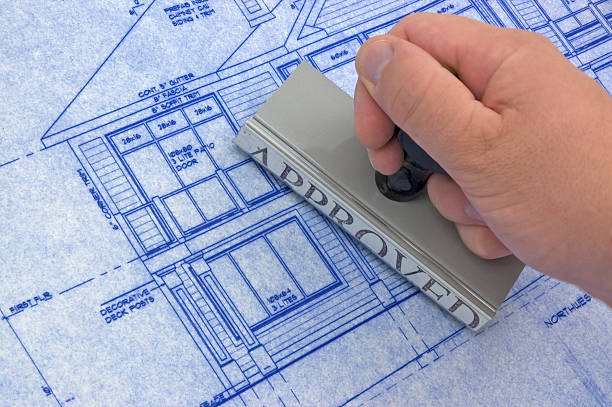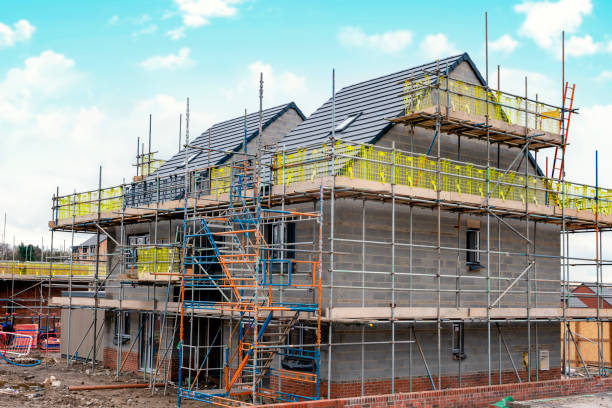
Do you need planning permission for a conservatoire
When it derives to adding a conservatory to your household, one of the common questions that rise is whether or not scheduling consent required. Understanding the rules and regulations nearby preparation permission for conservatories can help you direct the process more well. In this article, we will explore the fundamentals of planning permission, when it is essential, and tips for a smooth application process.
Understanding Planning Permission Basics
Planning permission purposes as a controlling mechanism, managed by local authorities, to oversee the development of both land and buildings within their influence. Its primary aim is to ensure that any new buildings align with established local planning rules while also justifying potential adverse effects on the environment or adjacent belongings.
- In the context of adding a conservatory to your homebased, whether planning permission is necessary centres on several variables, including but not limited to the conservatory’s sizes, its assignment relative to property limits or public trails, and the overall design visual. The determined behind these regulations is not to stifle originality or growth but to maintain a balance between development and environmental sustainability, as well as to reservation the character of housing areas.
- Therefore, understanding the shades of planning permission is vital for homeowners anticipating the addition of a conservatory, as it defines the boundaries of what is permissible under local laws and what requires formal approval. This knowledge not only aids in confirming compliance with legal requirements but also helps in restructuring the planning process, should an application be necessary.
General Rules for Conservatories Without Planning Permission
For many proprietors, the option of adding a conservatory without the need for planning permission is a good-looking option. This can often reached under the brolly of permitted growth rights, which designed to make certain home developments simpler and quicker. These rights stipulate that conservatories can added without obtaining planning permission, provided they adhere to specific guidelines. Key criteria include size limitations—conservatories must not exceed a certain proportion of the original house size, typically not covering more than half the garden area. Height restrictions also apply, with conservatories not to surpass the highest part of the existing roof or extend beyond the principal or side elevation facing a highway.
- Another consideration is the materials used; the conservatory should, where possible, be in keeping with the existing house style. Additionally, no verandas, balconies, or raised platforms can included without planning permission. It’s essential for homeowners to ensure their planned conservatory falls within these parameters to qualify as a permitted development.
- Despite these freedoms, some exceptions exist, particularly in designated areas such as conservation zones, World Heritage Sites, or Areas of Outstanding Natural Beauty, where stricter rules may apply. In these instances, or if your home listed, it’s likely that planning permission will required, regardless of the conservatory’s size or design. Understanding these general rules helps set the foundation for planning your conservatory project within the bounds of permitted development, potentially simplifying your home improvement journey.
When Planning Permission Becomes Necessary
There are specific instances where you’ll find yourself needing to apply for planning permission for your conservatory. This requirement arises mainly when the proposed structure doesn’t align with the standards set by permitted development rights. Key triggers include the conservatory exceeding the maximum allowed dimensions—whether it’s in terms of height, width, or depth—or it built closer to the road or property boundary than regulations permit.
- Another critical factor is the impact the conservatory may have on neighbors or the local environment; any potential for overshadowing, loss of privacy, or significant visual intrusion could necessitate formal approval. Planning permission is also mandatory if your property situated in a designated area with stricter controls, such as a conservation area or a listed building, even if your conservatory adheres to general permitted development criteria.
 The delineation of these guidelines ensures that conservatory additions are thoughtfully integrated into their surroundings, safeguarding both the homeowner’s interests and those of the community. In these scenarios, embarking on the construction without the requisite permission could lead to enforcement action, compelling you to modify or dismantle the conservatory, thereby underscoring the importance of verifying whether planning permission required before proceeding.
The delineation of these guidelines ensures that conservatory additions are thoughtfully integrated into their surroundings, safeguarding both the homeowner’s interests and those of the community. In these scenarios, embarking on the construction without the requisite permission could lead to enforcement action, compelling you to modify or dismantle the conservatory, thereby underscoring the importance of verifying whether planning permission required before proceeding.
The Procedure of Applying for Planning Permission
- Boarding on the planning permission trip for your conservatory begins with the groundwork and submission of a detailed application to your local planning authority (LPA). This application should lengthily outline your conservatory plan, surrounding plans that exactly show the structure’s scopes, location on your goods, and the resources to used in construction. It’s significant that these plans are not only detailed but also jobwise drafted, as this meaningfully enhances the clearness of your proposal and its arrangement with local planning guidelines.
- Once submitted, your request enters a review phase, through which the LPA assesses the possible impacts of your conservatory on the instant surroundings and broader community. This assessment considers aspects such as privacy, environmental inferences, and the conservatory’s artistic harmony with existing structures. The LPA may engage with neighbors or community groups to device public sentimentality, ensuring that all tongues heard in the decision-making process.
- Through this period, staying active and open is key. The LPA might request additional information or suggest alterations to mitigate any identified concerns. Replying promptly and constructively to these requests can smooth a smoother process and donate to a favorable outcome.
- Remember, the aim of obtaining planning permission is not merely a official hurdle but a step towards ensuring that your conservatory improves your home and neighborhood without adverse belongings. Attractive with the process kindly and thoroughly can make all the difference in understanding your project successfully.
Tips for a Smooth Planning Permission Process
Piloting the planning permission process for your conservatory doesn’t have to be a intimidating task. Here are several plans to streamline the experience and improve your application’s probability of approval. A vital step is ensuring that all documentation is exactly prepared, with exact measurements and a thorough picture of the conservatory’s design. Employing the expertise of a professional, such as an architect or planning consultant, can provide priceless insights into following to local planning regulations and classifying any potential red streamers early on.
- Additionally, engaging with your local planning authority (LPA) even earlier submitting your application can provide guidance on specific requirements or favorites they may have. Proactively addressing any worries from neighbors or the community by joining privacy screens or choosing designs that complement the existing architectural style can pre-empt oppositions. Furthermore, being open to feedback from the LPA and willing to modify your plans therefore can prove your commitment to compliance and community agreement. By following these steps, you position your conservatory project as a considerate and well-integrated adding to your home, potentially flattening the path to receiving planning permission.
Conclusion
Packaging up, the question of whether a conservatory requires planning permission is liable on a countless of factors, including its scale, assignment, and architectural style. Greedy the details of planning permissions is essential in easing a bother-free development from conception to comprehension of your conservatory vision.
- Should there be any doubt regarding the necessity of planning permission for your conservatory effort, seeking advice from experienced professionals like architects or planning consultants is a practical transfer. They can offer modified guidance custom-made to your project’s specific requirements.
- Following to the strategies and insights shared in this discussion can significantly boost the likelihood of a favorable review of your planning permission application. This approach not only ensures that your conservatory fulfils with local regulations but also secures a still and legally sound improvement to your home. Keep these pointers in mind to update your journey towards adding a conservatory, transforming your home with slight worry and maximum satisfaction.







1 COMMENT
What You Need to Know Before Constructing – Plansing
April 18, 2024, 1:27 pm REPLY[…] into the application process for building regulations doesn’t have to feel like walking finished quicksand. See this phase as gearing up for a […]